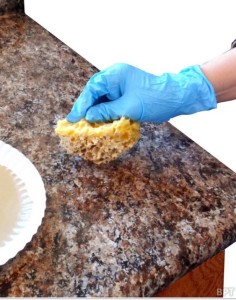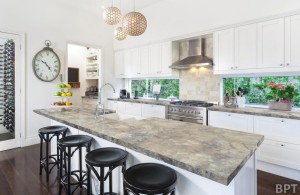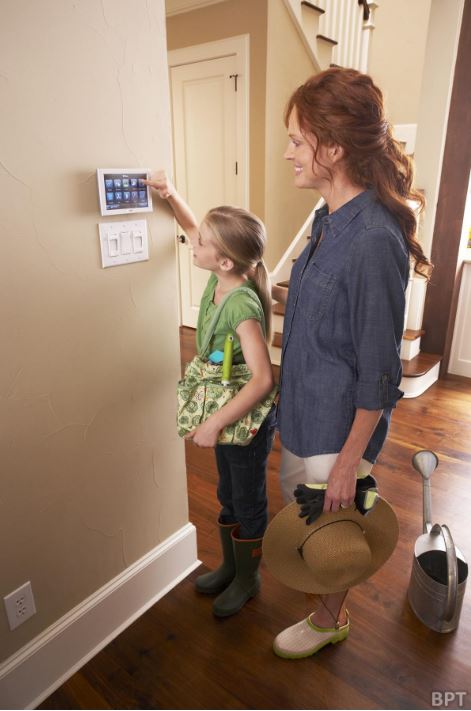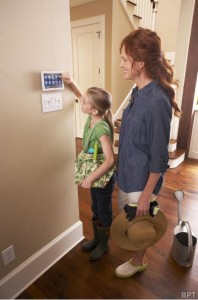 (BPT) – Kitchen makeover: 3 simple tips for beauty on a budget
(BPT) – Kitchen makeover: 3 simple tips for beauty on a budget
If you’re tired of looking at your outdated kitchen, but feel replacement would be impractical, you’re not alone. In 2014, consumers will be trying to find solutions they can afford to do themselves. Check out these three DIY remodeling trends for simple and unique ways to refresh the most used rooms in the home.
1. Mini-makeover kits
You may be the type who prefers to opt out when it comes to getting your hands dirty. If so, you will be pleased to know that as the DIY or the “do-it-yourself” movement grows, so are the increasingly easy product/project solutions.
Many larger retailers have caught on to this home DIY trend and have begun stocking mini-makeover kits. Each kit is designed for a specific project with simple application tools.
Among the hottest right now: kits that include everything you need for countertop, cabinet or appliance refinishing. The new Giani Granite countertop kit covers all typical existing counter surfaces and transforms your laminate or composite material into the look of natural granite. These kits stress the ease of application as “being easy enough for anyone.”
Nuvo Cabinet refinishing kits are designed for the DIYer who is looking for an easy makeover project. They do not require pre-priming, sanding or even removing the cabinet doors. So before you hire a contractor, check out the mini-makeover movement because remodeling may now be simple enough for even the most DIY challenged.
2. Upcycling
Upcycling is the process of converting old or discarded materials into something useful and often beautiful. For example: using slices of used corks to create a cork mosaic backsplash. Home decor artist Nicole Fleming agrees, “There seems to be something more genuine about the story and pride each repurposing project provides compared to owning something that has been mass manufactured.”
Upcycling also makes a positive impact on the environment. When you upcycle, you remove items from the global garbage print. Some avid upcyclers even argue that repurposing instead of recycling can actually be more beneficial because recycling requires energy or water to break down materials, while upcycling only requires your own resourceful creativity. So instead of throwing out your junk try the smart alternative of upcycling by turning your throw aways into something genuinely sensational.
repurposing instead of recycling can actually be more beneficial because recycling requires energy or water to break down materials, while upcycling only requires your own resourceful creativity. So instead of throwing out your junk try the smart alternative of upcycling by turning your throw aways into something genuinely sensational.
3. Pin-spiration
Many homeowners wanting to spruce up their kitchen, struggle with knowing where to begin. When looking for kitchen design inspiration, start your project online. Turn to popular social networking sites that focus on sharing innovative ideas. Among the hottest right now is Pinterest, whose focus provides tips on everything from small decor crafts to full room renovations. Pinterest also allows you to engage with other users and discuss projects, helping to work out any remodeling hurdles.
Large hardware companies like Home Depot and Lowes – as well as the remodeling HGTV Network have caught on to this useful online plethora of tips. They understand why one single place to get millions of ideas and tutorials on home projects holds such importance.
Before you decide a kitchen refresh is too difficult or impractical, check out these three popular trends and begin making what you have, look like a million bucks.



